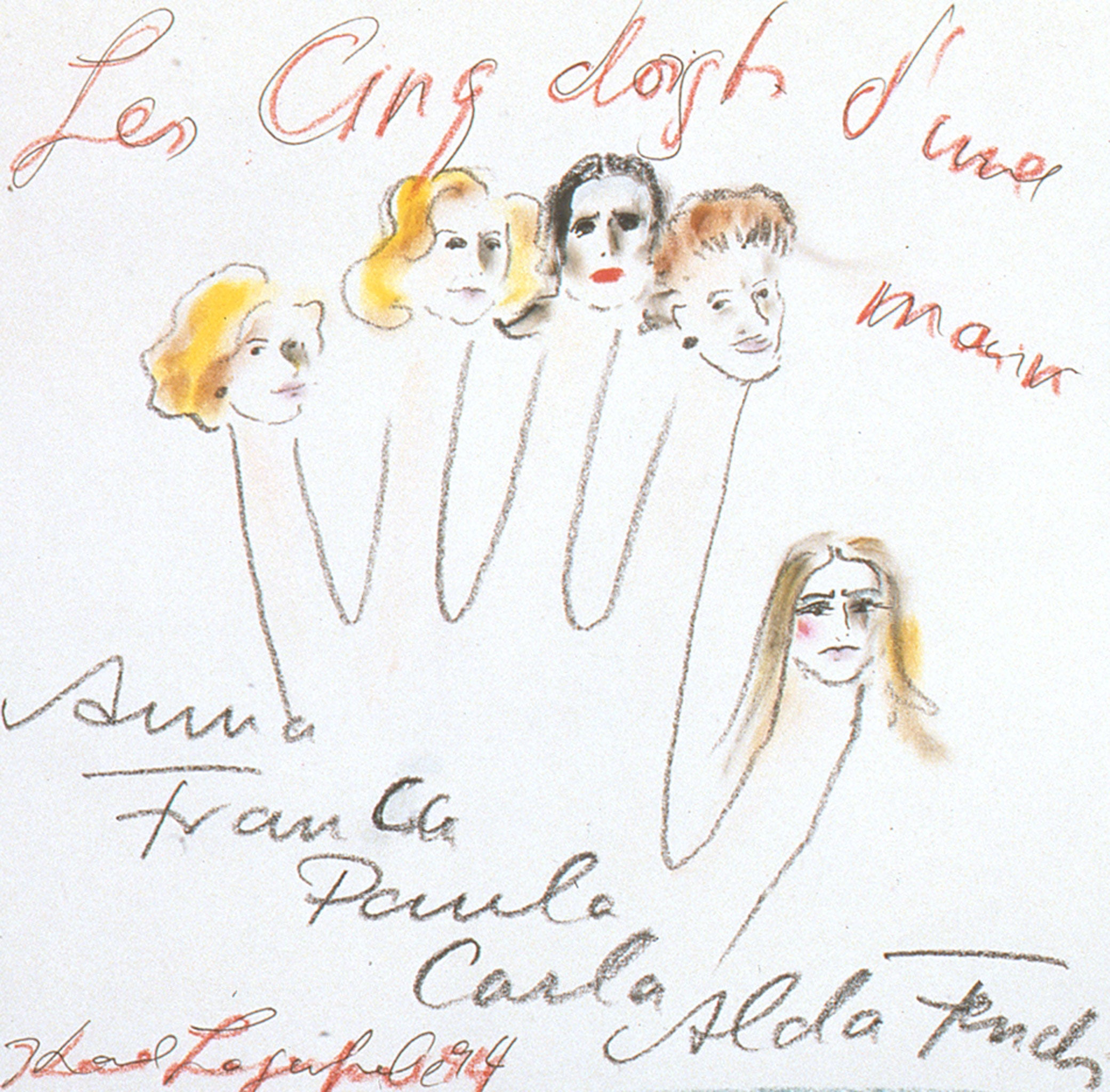Fashion books round-up: Glossy, vainglorious, light on words ... but no worse for it
From Stephen Sprouse: Xerox/Rock/Art to Kimberly Chrisman-Campbell's Fashion Victims

Fashion books, generally, are a paradox. While they multiply in both number and size, the information they impart decreases in inverse proportion. Glossier than the glossiest magazine – and often bankrolled by the fashion houses which fill said magazine with the slick advertising that pays its way – they've become vainglorious pictorial bibles of brand consumption.
This doesn't negate their worth, and some do it better than others. Indeed, there aren't many words in the latest tome devoted to the American designer Stephen Sprouse – Stephen Sprouse: Xerox/Rock/Art (Damiani, £35) edited by Carol McCranie and Javier Magri. But it still feels like you get your money's worth. Not only you, but Sprouse and his career: the designer, who died in 2004, was one of American fashion's most influential figures, despite frequent bankruptcy and a peripatetic presence in department stores worldwide.
This book is subtitled "Drawings and Ephemera 1970s-1980s," and provides exactly that. It means that, unfortunately, textual analysis of Sprouse's work is limited to four pages of type at the start (one by Debbie Harry of Blondie, whom the designer dressed for his entire life and her entire career, the other three by McCranie). But, look harder: in fact, there are quite a few words hidden inside – scrawled on lined paper or alongside Sprouse's sharp Sharpie sketches, oddly intimate words, like Sprouse's "to do" list that included items for Mick (Jagger) and Iggy (Pop). Ultimately, however, this book isn't about words, but it manages to transcend the contemporary notion of a fashion tome as weighty coffee-table slab, picturesque but with uncracked spine. By contrast, you want to leaf and crease and fold this book, much like the sketchbooks it's based on. It bears close examination, just like the designer's clothes. And those say enough for you not to need many words. A difficult thing for a writer to admit – and it's clever that the authors were able to take a step back from their egos, and pay fitting homage to Sprouse.
The book the Italian fashion house Fendi has released to celebrate five decades of Karl Lagerfeld's creative direction is also based on sketchbooks, as well as being light on words. Fendi par Karl Lagerfeld (Steidl, £100) is heavy on the wallet, though, and heavy on the table – a kilo or so, encased in a wooden box. It's actually five books, three comprised purely of Lagerfeld's expressive, immediately identifiable drawings, the other two slight pamphlets filled with slightly predictable question and answer transcripts. Lagerfeld is an adroit interviewee, giving well-rounded sound-bites that, ultimately, reveal very little about him or his creative process. They're certainly no wayward "to do" lists in Fendi's polished box – it even comes, Smash Hits-style, with a pull-out poster, and a USB full of films. These, however, reveal Lagerfeld's sardonic humour, and a glimmer of intimacy as we see the designer sketching his first day at Fendi, from memory. This book is a glorified catalogue; but pretty glorious.
The history of houses like Fendi spans back to the 18th century, to the court of Marie Antoinette and her dressmaker Rose Bertin – dubbed the "Minister of Fashion" by wags of the time. In Fashion Victims (Yale, £35), Kimberly Chrisman-Campbell unpicks the sartorial mores of the court of Louis XVI, showcasing the extreme styles of the period, pilloried mercilessly in contemporary fashion plates, that many credit with propelling scores of aristocrats to the scaffold.
It's glossy, granted – bigger than Vogue, with a couple of hundred colour illustrations – but both Chrisman-Campbell and her care fully chosen images have plenty to say. Fashion Victims probably won't satisfy true fashion victims: but as a pithy dissection of fashion's history – a history that undeniably informs the luxury industry today – it makes compelling reading.
Subscribe to Independent Premium to bookmark this article
Want to bookmark your favourite articles and stories to read or reference later? Start your Independent Premium subscription today.

Join our commenting forum
Join thought-provoking conversations, follow other Independent readers and see their replies